Winter Life on the Tropical Coast, Nerja, Frigiliana and La Herradura
Zagan the motorhome’s side window offers me the exact same Andalusian view it has today as it has the past two weeks. Well, almost. Although we’ve not rolled an inch the scene of colourful and exotic tropical plants, giving way to steep terraced hillsides green with avocado plantations and dotted white with cortijos, has shifted in and out of focus with the weather. On the whole we’re living through summer here on the Costa Tropical, with early February daytime temperatures up to an other-worldly 21°C, but it’s winter even here, and we’ve had a few cloudy days obscuring the otherwise expansive views. One day we woke a little wide-eyed, finding we could hardly see across the campsite. A thick fog had rolled in overnight. I pulled on my running gear and headed inland, up into the hills, carrying me quickly above the cool air and back into the sunlight. Looking back out to sea, the entire Med was hidden by another endless sea , this one formed by low cloud, extending a mile or so inland onto the low-lying coastal area to the west of Nerja. It was a sight to see.

We’ve been at the campsite in Nerja for two weeks now, and the days are easing past us. Only one day in two weeks have we felt the itch, one of the cloudier days of course, when we spent more than a few minutes wondering what to do with ourselves. When we wake to sunshine, the van’s kitchen window is lit up by a distant white jumble of villas on the hillside, bright, uplifting and attractive. It’s cool overnight and in the early morning, and not much moves on the campsite until gone 9am. There’s little to rush around for and each day starts slowly under a blue sky.

Some days continue that way. I’ve been plowing my way through Homo Deus: A Brief History of Tomorrow, trying to grasp the author’s semi-predictions of how humans might turn their attention in the coming decades and centuries to defeating death, engineering ourselves to experience unending pleasure and merging with advancing technologies to become something new, something god-like. I’m on my second read-through, as it’s a real challenge to grasp the concepts the author raises, but the book (like his previous one: Sapiens: A Brief History of Humankind) is fascinating. While I’m spending hours staring at a Kindle, Ju is doing something far more productive, spending an hour or three each day on Spanish lessons with duolingo. They’re already starting to pay off, as she asks questions of the Spanish campsite owners in their own tongue, clearly endearing herself and impressing me too.
Happily, we’re staying physically active. Our hope for this trip was (partly) for it to be a ‘winter training camp’, with the good weather and novel routes helping encourage us to improve our fitness for the coming year. I’m building up to a nice solid 50 miles a week of training, with a mixture of slow trail running, intervals (faster runs over short distances) along the beach road and steady runs along the flatter coastal roads. Ju has a half marathon plan which she’s working her way through, on a more ‘sensible’ scale than mine, plus we’re both getting in a fair bit of walking, being tempted into decent distances by inland attractions like the old pueblo blanco of Frigiliana in the mountains above us.
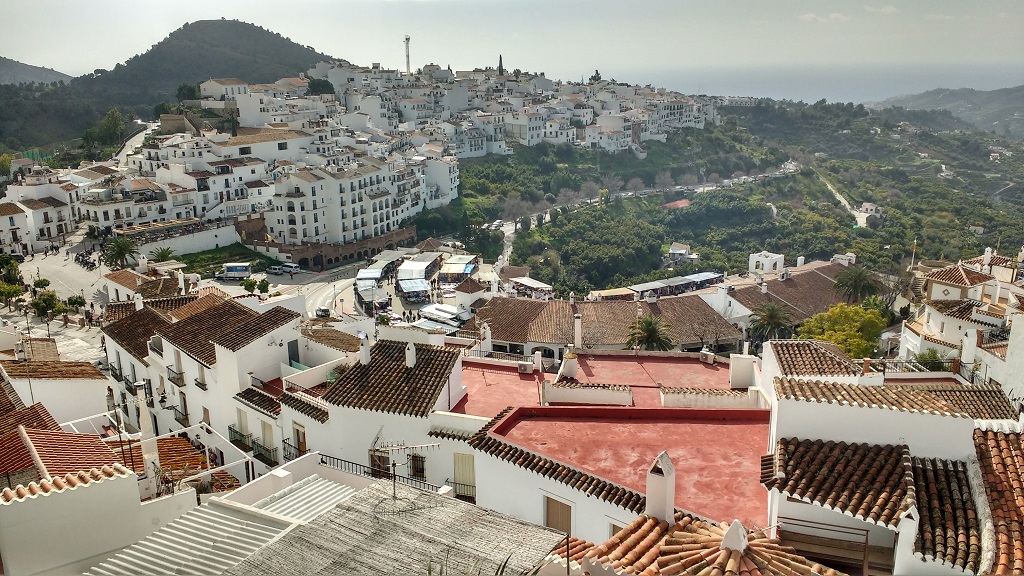
For most of recent history folks around this area lived inland, away from the coast with its pirates and invaders and on hills which could be more easily secured from whoever wanted to do bad stuff to you. Frigiliana’s been lived in for donkeys years by successions of folk, from the prehistoric to the Romans to the Moors and Jews, the Christian re-conquestors and finally today’s medley of Spaniards and northern European foreigners. We walked the 4 or so miles up there through the avocado trees and along steep concrete roads, ignoring the occasional barks of guard dogs, our blood pumping. A bus runs up from Nerja for about a quid, saving the shoe leather if you fancy.
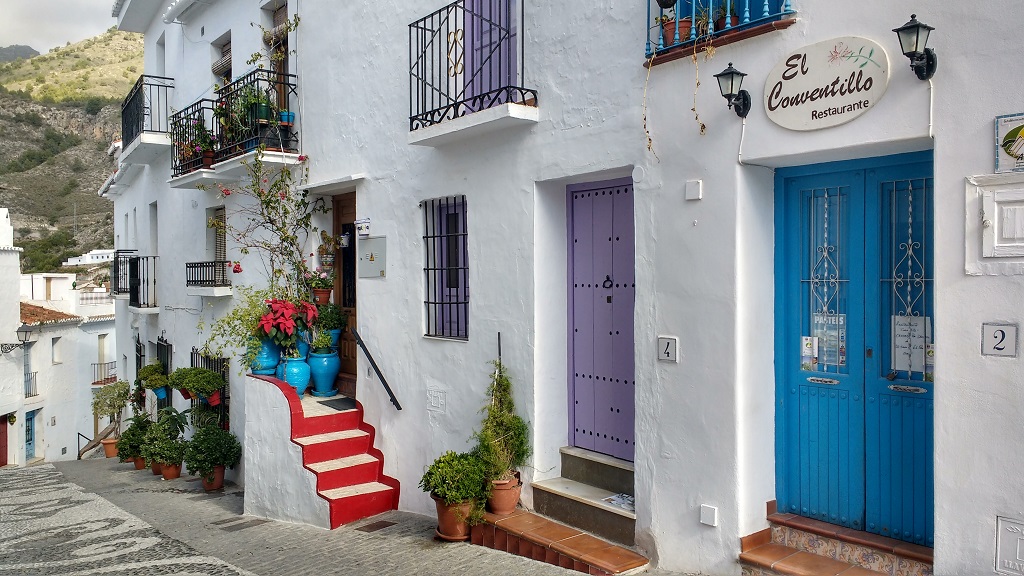
Frigiliana’s streets have been heavily shaped by the Moors (they reminded us of Chefchaouen in Morocco), the muslims who lived in Spain for hundreds of years and who helped mould the countryside, culture, towns and villages before being gradually pushed out by the Christian kings. From what I’ve read, the Moors were fairly tolerant of other religions, but the Christians in turn were far, far less so. Information plaques placed across the town explain the process by which the Moors were defeated, although many remained to live alongside their Christian over-lords before being increasingly persecuted (somehow this awful, terrifying process was rendered comedic by the Monty Python crew: “nobody expects the Spanish Inquisition!”). The end result was uprising (after being instructed to stop speaking their language, stop wearing their style of clothes and to hand over their books), leading to bloody defeat in battle on a mountainside behind the town and eventual expulsion. The plaques are all in Spanish, but a bit of background reading and looking at the pictures gets the message across. These days it seems the town again wants to celebrate its multi-cultural, multi-religion past.
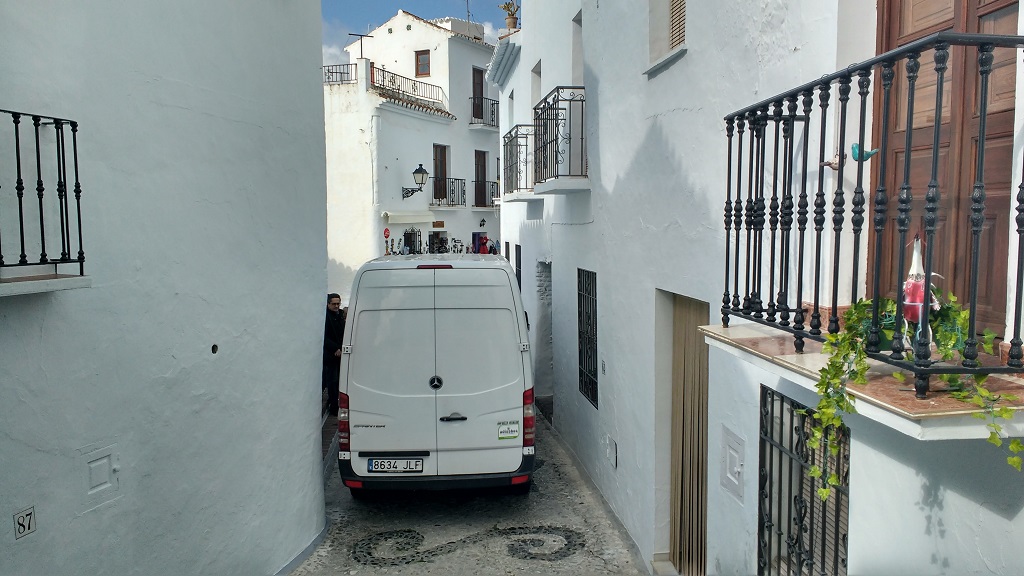
It’s a very pleasant world up there in the hills. At this time of year there are relatively few of us tourists knocking about. The cafes and restaurants are open but not too busy and the waiters are welcoming and service quick(ish, this is Spain). Within minutes you can be off into the natural park, hiking the trails, almost alone but not too alone (a neighbour on the campsite relayed a story of someone heading off-trail and getting stuck in a ravine for several days). Although we’d suggest bringing a jumper, when the sun shines you won’t need it and the views will have you reaching for your camera again and again.
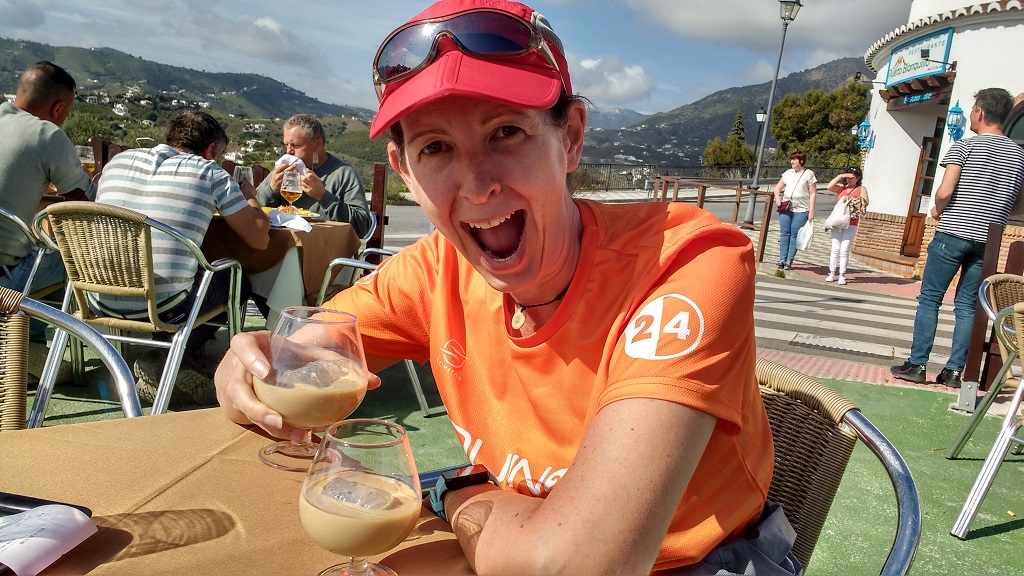
As well as various forays in Nerja to poke around the streets and coves, and pick up supplies from the supermarkets, we’ve been treated to a tour of the coast to the east by Andy (who blogs about life, fatherhood and digital nomad work at Nomadic Dad). After a year’s motorhome touring with his wife and three kids, Andy moved to La Herradura a few miles to the east of Nerja, and came across us through this blog. He kindly nipped over in his car to give us a tour of the coastline and show us a different side to life, both in terms of the gentler, smaller coastal towns and in terms of working as a digital nomad in Spain.

As we headed east, spying various idyllic-looking free-camping spots already inhabited by clutches of motorhomes and vans, we chatted with Andy about life as an expat in Spain. He explained how his family rent a house set over four levels for €800 a month, with the price being higher than winter rentals as they wanted it throughout the high-price summer too. When we later got a look at the place, a beautiful white villa set above the small, crystal water La Herradura marina with its dive boats and waterside restaurants, the price seemed incredibly cheap. Although he owns a car here, other expats rent cars for €30 for three weeks in the winter when demand is low, using excess-waiver insurance bought in the UK to protect them from the potential high cost of damage to the car. A two-bed apartment 100m from the beach in La Herradura comes in at €350 a month out of season, with no council tax, cheaper than the campsite we’re staying on now.

For the day job (setting up and administering e-commerce websites) Andy uses a co-working space with (very) fast internet access, and informal support from other digital nomads, costing €150 a month, or €10 a day on an ad-hoc basis. His commute is a walk alongside the Med, with the sun glinting from the waters and tropical plants lining the route. Although Ju and I write this blog, and do some other bits and bobs of ‘digital nomad’ work, we’re rank amateurs really, plus we’re not reliant on it for a living. We do it for some additional income and for a sense of contributing a little to the world, while Andy and his fellow digital nomads support themselves and their families with it. Like all the self-employed, he doesn’t get sick pay, pension contributions, training provided by an employer or work handed to him on a plate, but he told us he’s long been used to being responsible for these things.

It all looks idyllic, but although the sun shines a ridiculous amount of time down here, the costs are low and the locals friendly, life is still life. Whether you’re living in Huddersfield or La Herradura, the challenges of family, work and health are the same, and Andy explained some of the difficulties his family face, a side of life which is quietly avoided on the good-life-abroad shows like A Place in the Sun. Aside from language barriers and school choices, it seems no matter how long you have lived in the area, you’re not accepted as a local until you have several generations of ancestors in the local cemetery.

When Andy dropped us off back at the campsite, we’d plenty to mull over. Could we spend future winters here, perhaps renting an apartment and driving a car from the UK? If we opted to work, how would we find the co-working space, with a view of the Med and self-motivated, positive self-employed entrepreneurs around us? How well would we integrate with the community around us? Would we make friends, would we pick up Spanish well enough to join running clubs or other social groups? We don’t know, but it’s thought-provoking stuff. We’re enjoying staying a few weeks in this area of Spain, very much powered by the fact it has arguably the best climate in all of Europe. Although the Costa del Sol has a poor reputation for rampant (sometimes illegal) over-development, this coast to the east has avoided the worst of the excesses. Unlike over-wintering areas in Greece and Sicily, it’s very easy to get to too: Andy once drove across Spain in a day, having taken the overnight ferry from the UK. Of course, everyone else knows this and there’s an absolute horde of fellow motorhomers down here while the Greek and Sicilian beaches and villages were relatively empty. Ying and yang.
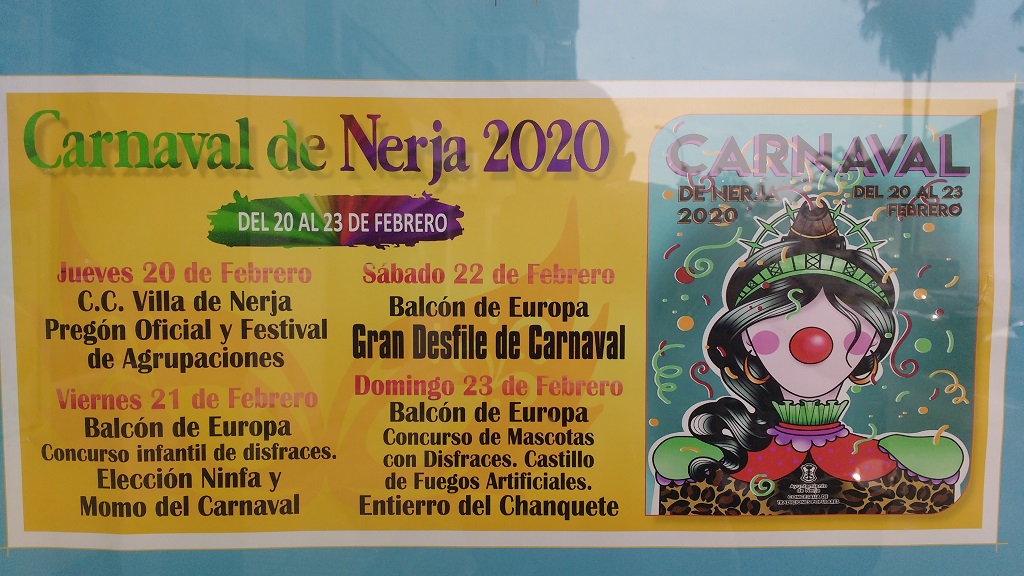
Anyway, enough of this introspection! What’s up next in ourtour world? More sunshine hopefully, which we’ll appreciate all the more as the UK’s currently being battered by a storm back home. We’ve more trails to explore, the local caves to visit, a menu del dia or two to eat and the local festival to watch. Our current thinking is once our month’s up, we’ll head over to Cadiz for a look-see before coming back towards Malaga for the half marathon and then making slow tracks back across Spain and France to be back home for the end of April.
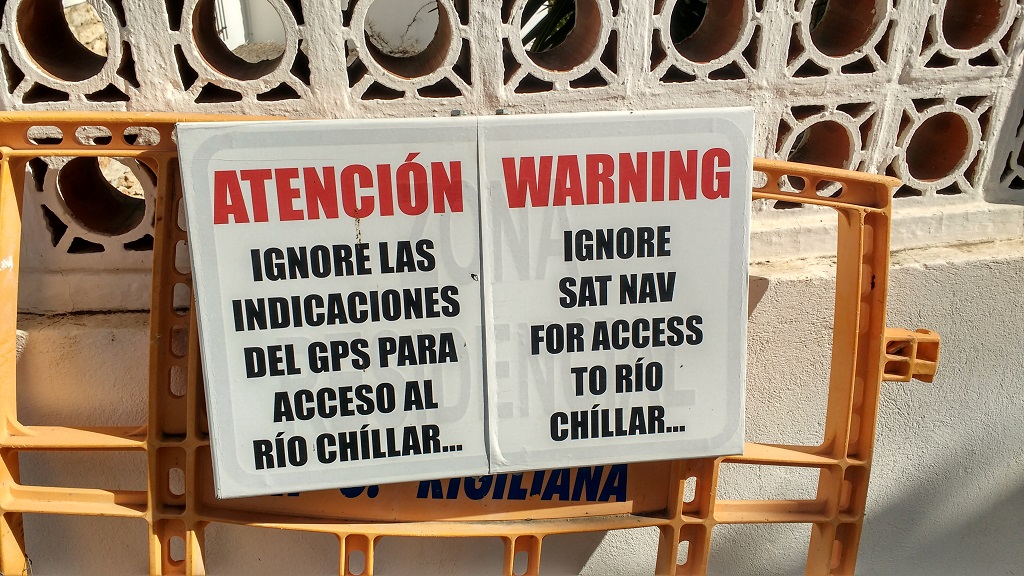
So, that’s it for now. Pop back in a few days and we’ll let you know what happens next! Cheers, Jay

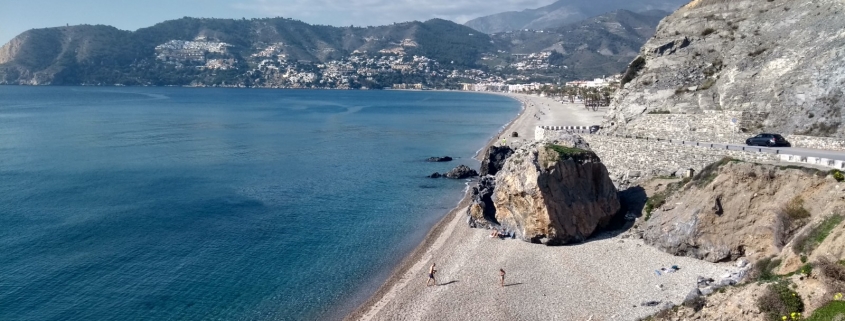
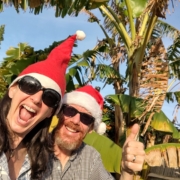
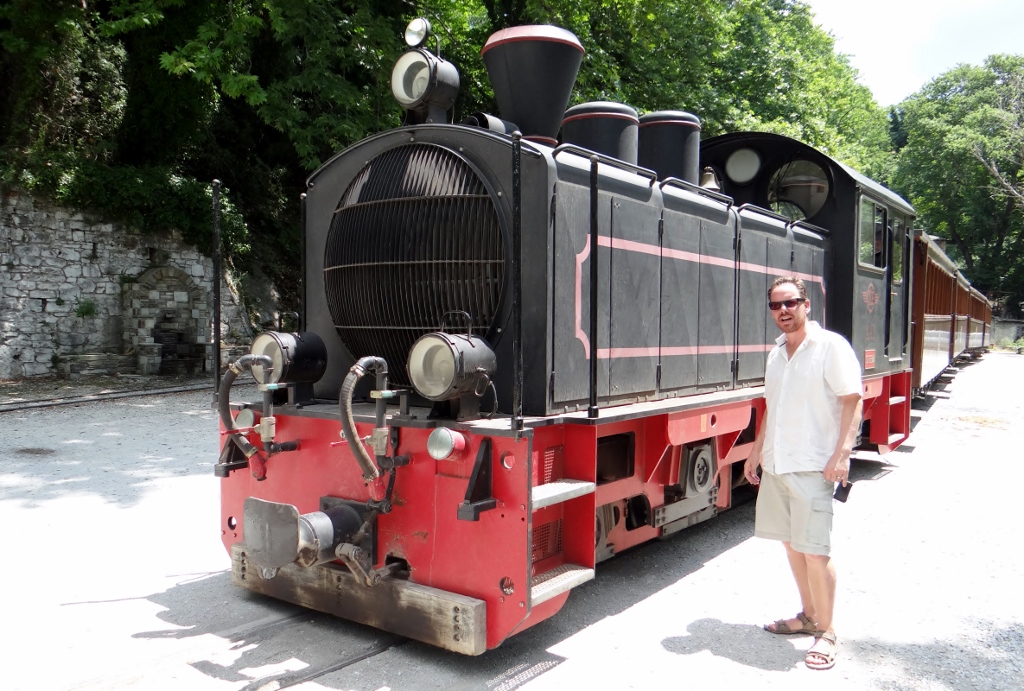
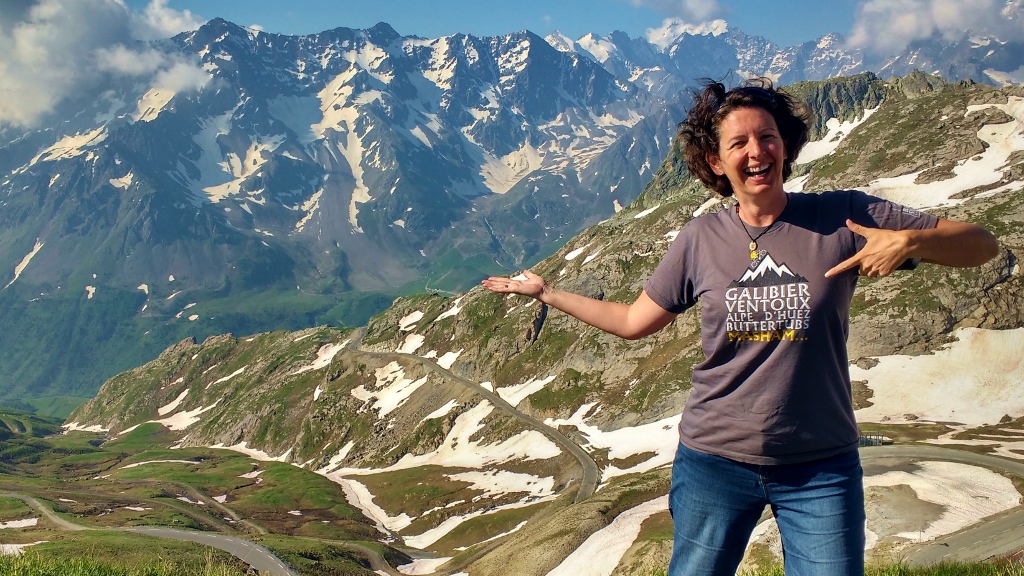

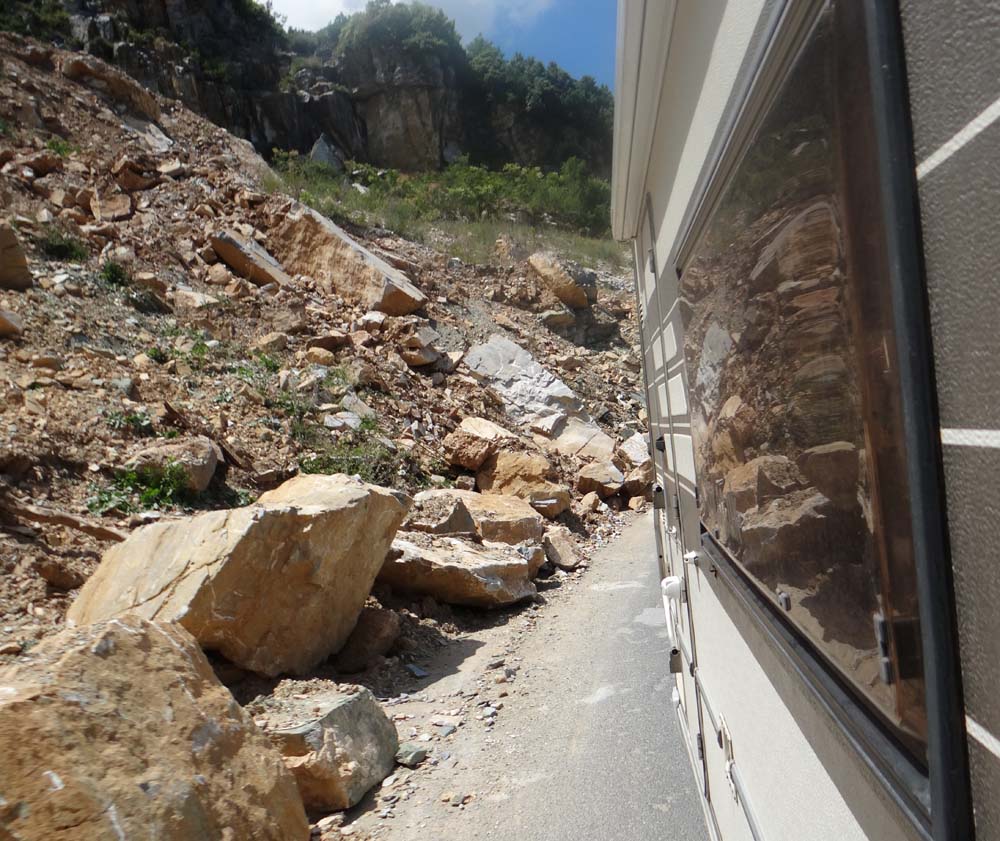
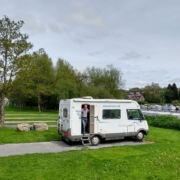
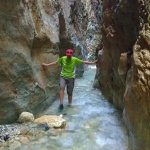
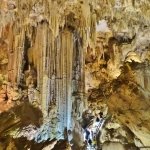
Another great post guys and it was a pleasure to spend the day with you. Safe onward travels.
Went to the caves today, have a look at their booking website and you can get free tickets for 9.30am 👍
Have a look at our Facebook page lifewithaview.co.uk for pics from today’s visit 😊
Thanks Christina. Did you guys get in for free? We read it is EU members only and not sure if they are still letting us Brits in.
Looks really lovely.
We are stuck in wind and rain in Chichester waiting to collect our new van. Held up by DVLA grrr!
Looking forward to your next post
😃😃
Thanks guys. Another realty interesting blog post. Be interesting to see how things roll in the next few months.
Sounds and looks great – much better than the flooding and constant rain in the UK. Yet another storm due this weekend.
Enjoy your freedom and getting the training in.
Cheers guys – we’re getting weather updates from our folks back home and it doesn’t sound great. There’s more to life than the weather of course, but it certainly seems to massively improve our mood when the sun shines every day down here. Jay